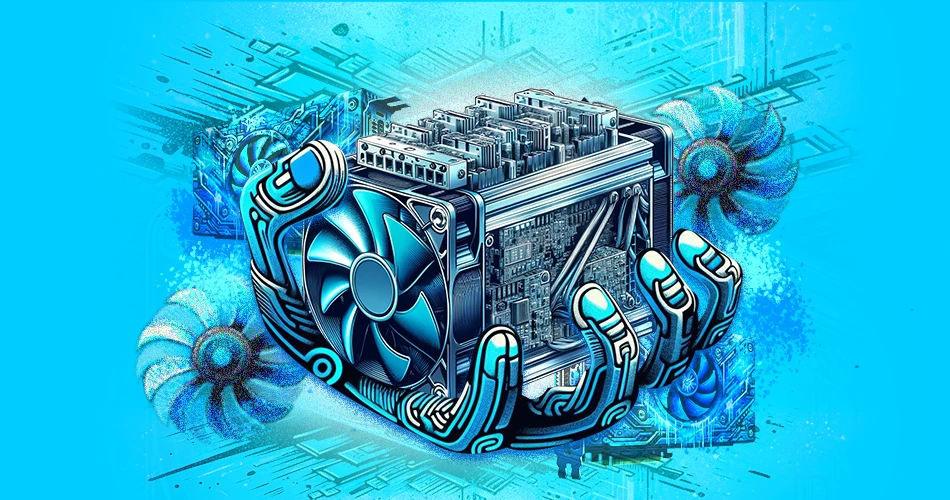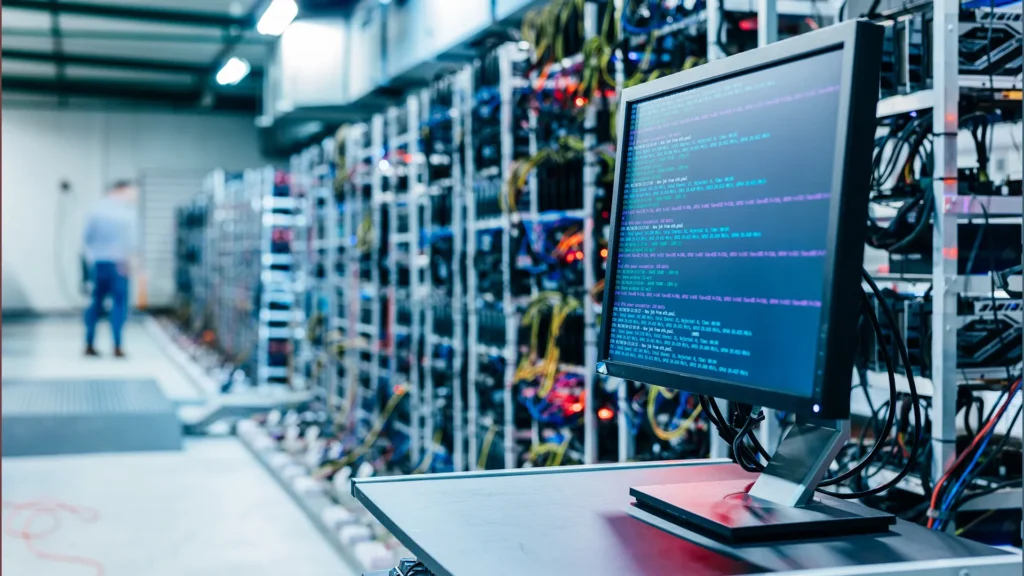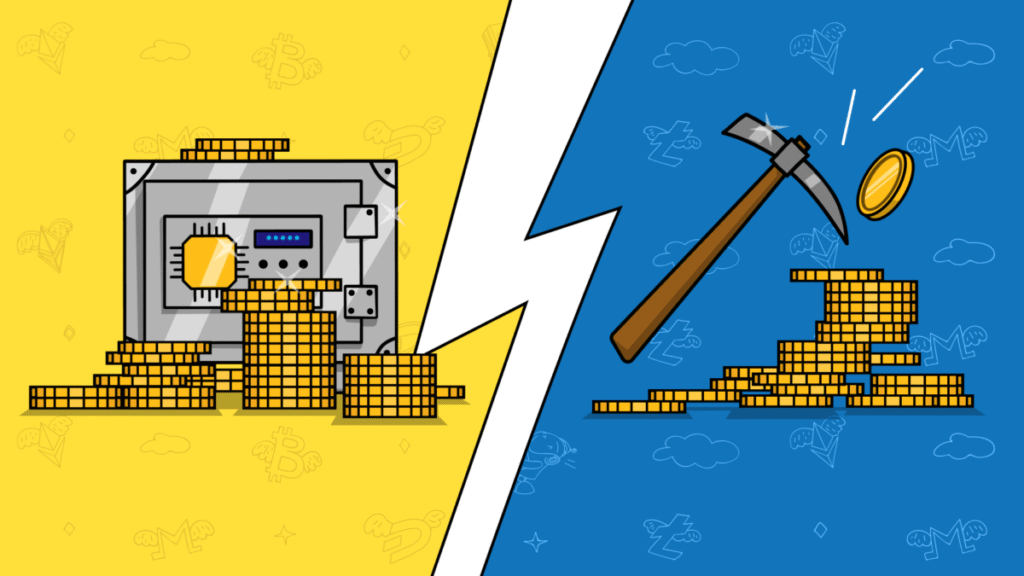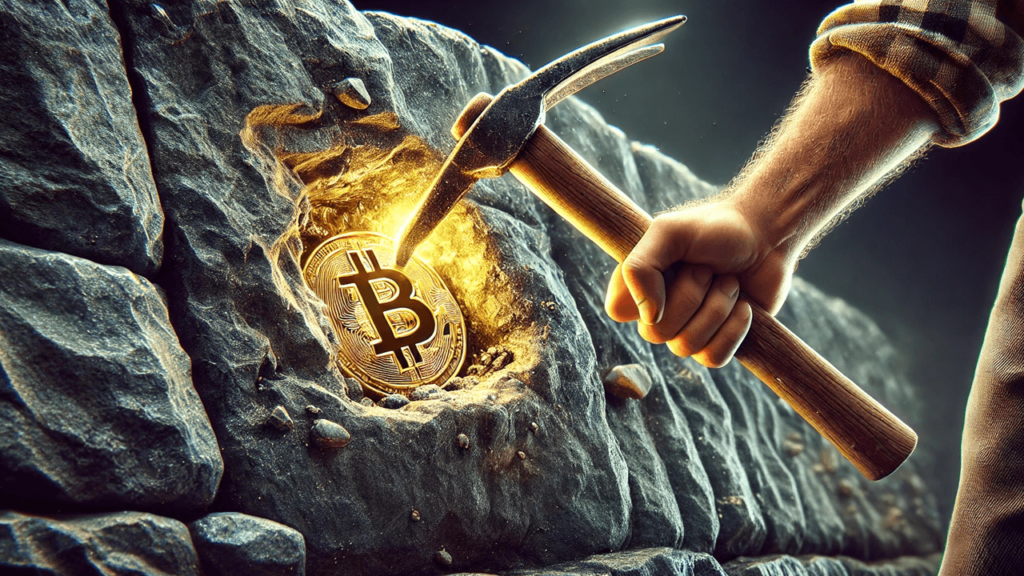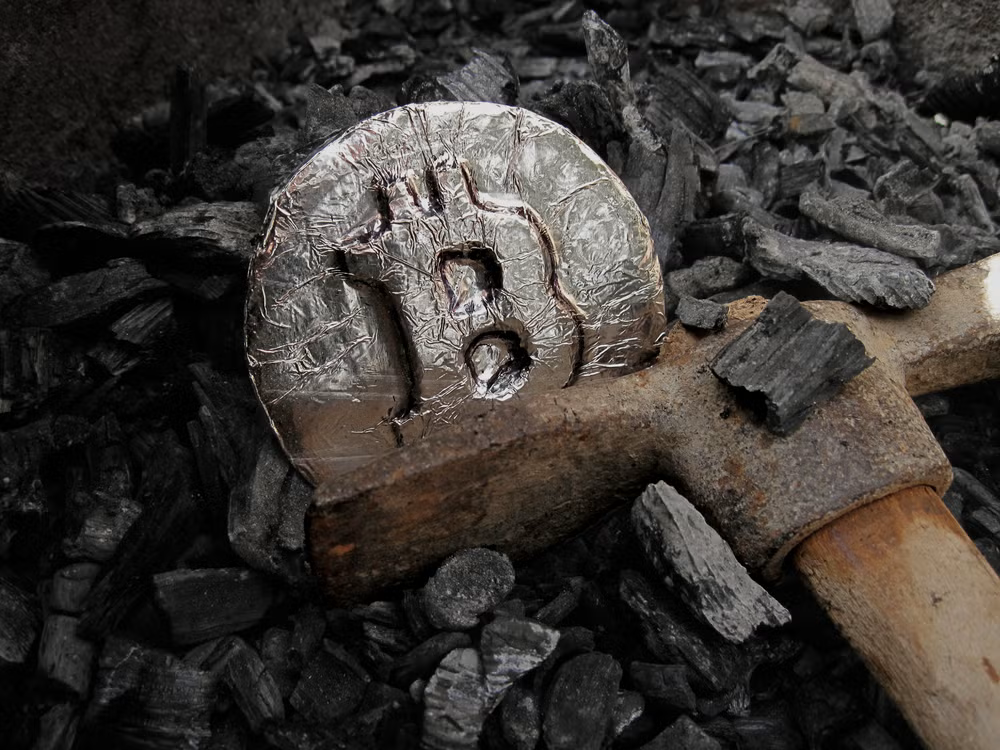One of the most often-asked questions as we approach the long-term future of cryptocurrency is: what happens when the block subsidy disappears? In systems like Bitcoin, miners currently earn newly minted coins (“block reward”) plus transaction fees when they validate a block. But the subsidy portion is designed to shrink over time, and will eventually hit zero. Can mining remain viable when new coin issuance stops?
1. What the Block Reward Is and Why It Matters
In Bitcoin’s proof-of-work architecture, miners are rewarded for securing the network primarily through two components:
- A block subsidy (new bitcoins minted)
- Transaction fees from the included transactions. For example, as of the most recent halving, the subsidy is 3.125 BTC per block.
The subsidy is essential because:
- It offsets the high cost of electricity, hardware, maintenance, and operational overheads.
- It incentivises miners to secure the network: more miners → more hash rate → higher security.
- It also supports decentralisation by allowing smaller miners to participate rather than only huge operations.
The article “Understanding Block Rewards: Why They Shrink Over Time” on Bitmern’s site also emphasises that the shrinking of block rewards forces miners and hosting providers to become more efficient, reducing costs and improving hardware performance.
2. What Happens When the Subsidy Goes to Zero?
When the subsidy eventually phases out (in theory around the year 2140 or earlier for full new-coin issuance), miners will rely only on transaction fees. Key questions then:
- Will transaction fee revenue alone offset the high cost of mining operations?
- Will the network still attract sufficient hash rate (and competition) to keep security high?
From industry sources, the likely transition path includes:
- Higher network transaction volume → more fees → more miner income.
- Possibly higher cost per transaction (to incentivise miners) and stricter efficiency requirements.
- New business models: hosting, pooled mining, hardware rental, alternative revenue streams.
3. Key Factors That Determine Viability
For mining to survive (and thrive) in a post-subsidy world, several variables will need to align:
a) Transaction Fee Capture & Block Utilisation
If blocks are full and fees are high, miners can earn more from fees. Higher usage of Bitcoin (payments, layer-2, settlement) will help.
Bitmern’s own content suggests that as block rewards shrink, the importance of fee income grows.
b) Operating Cost Efficiency
With subsidy gone, the margin for error will shrink. Efficient power use, low electricity cost, effective cooling, high uptime—all become critical.
Hosting providers like Bitmern (with sites in low-cost regions) are already optimising these variables.
c) Hardware & Infrastructure Upgrade Path
Miners will need to constantly refresh hardware, reduce W/TH (watts per terahash), improve uptime, and innovate (firmware, cooling, chips) to stay profitable when rewards are low.
Bitmern website emphasises efficiency and uptime as foundations of its model.
d) Security & Hash Rate Distribution
If many miners drop off because mining is unprofitable, hash rate could fall, making the network more vulnerable to attacks or centralisation. Thus, the economics must still support enough of a mining base.
4. How Hosting Providers like Bitmern Are Positioned
For a provider like Bitmern (hosting clients’ miners), the post-subsidy future has its opportunities and risks:
Opportunities:
- They can capitalise on upgrading hosting services, offering high-efficiency hardware, pooling clients, reducing costs.
- As mining margins shrink, clients may prefer outsourcing to professionals rather than managing rigs themselves—benefiting hosts.
- Transparent models, low cost power sites (Ethiopia, USA), and high uptime give hosts an edge when margins tighten.
5. Final Thoughts: The Short Answer
Yes — mining can survive without block subsidies, but it will look different. The economics will change: fewer, more efficient miners; higher emphasis on fees and infrastructure; possibly higher cost per transaction; more professional hosting; and a tighter margin environment.
For miners and investors working with a host like Bitmern, now is the time to invest in efficiency, low operating cost, hardware refresh strategy, and transparent contracts. These will differentiate the winners in the era when new coin issuance is no longer the primary reward.



